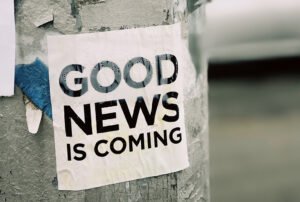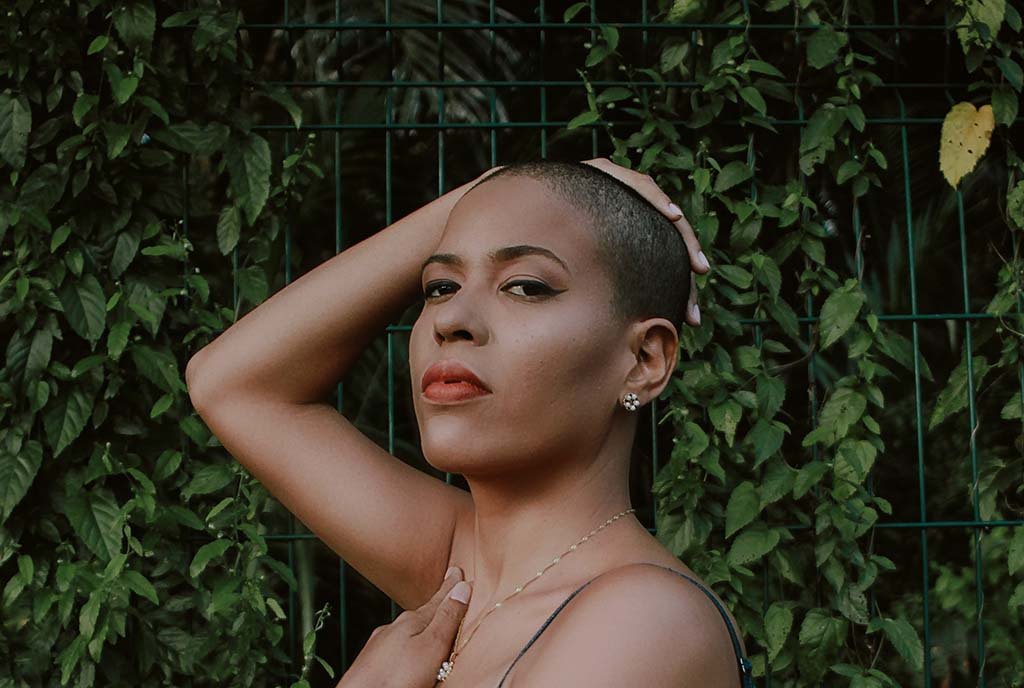January 18, 2016; Associated Press
The next time you attend a symphony, as you listen to the music, the patron next to you may be watching the performance on an iPad. The iPads—and headphones—will be offered to 110 people sitting in the rear orchestra section, which is under the balcony, limiting the impact of the screen glow.
The Boston Symphony Orchestra is exploring ways to build its audience and to include the latest technology to entice new audiences. Friday nights have been attracting smaller audiences, so “Casual Friday” tickets are offered at a lower price point, lowered from $145 to a range from $25–45. In keeping with the name, the attendees are encouraged to dress casually. The hall hosts both pre- and post-concert receptions.
Live classical music performance is not where one usually finds innovation and cutting-edge technology. What’s going on? According to Jesse Rosen, CEO of the League of American Orchestras, “It’s about enhancing the visual experience of listening to a symphony orchestra. It’s also about making the experience more intimate and creating a more visible contact between the performer and the audience, which is something younger audiences really seem to value.”
Sign up for our free newsletters
Subscribe to NPQ's newsletters to have our top stories delivered directly to your inbox.
By signing up, you agree to our privacy policy and terms of use, and to receive messages from NPQ and our partners.
The BSO is the first symphony to use the customized iPads. However, other symphonies are also trying new ways to engage the audiences of today, the audiences that aren’t coming to live classical performance.
- The Philadelphia Orchestra created its own mobile app that lets the audience follow along with program notes in real time.
- Los Angeles Philharmonic has “Van Beethoven,” a customized van in which users were given a virtual reality experience of the orchestra.
- “Tweet seats” are offered by the Sacramento Philharmonic and Opera and the Virginia Symphony Orchestra. These specially designated sections allow the audience to interact on Twitter with concert officials who provide running commentary. The Virginia Symphony describes it this way: “For just $9, engage in an interactive live tweeting that provides an educational, historical and technical synopsis of the composition while it’s performed!”
There has been resistance to these apps and screens, but Jeremy Rothman of the Philadelphia Orchestra has seen this lessen over time as both concertgoers and musicians experience the technology in action. Some patrons have become more engaged and informed, and the LiveNote app, designed in greyscale on black background, produces minimal screen glow.
Rothman adds that they are concerned with preserving the live concert experience. “We asked a lot of the really hard questions up front and are continuing to listen to feedback now that we’ve put it in people’s hands.”
Has anyone in the NPQ audience been to one of these concerts? What was your experience? Does watching a concert via iPad while sitting in the rear orchestra appeal to you?—Jeanne Allen













